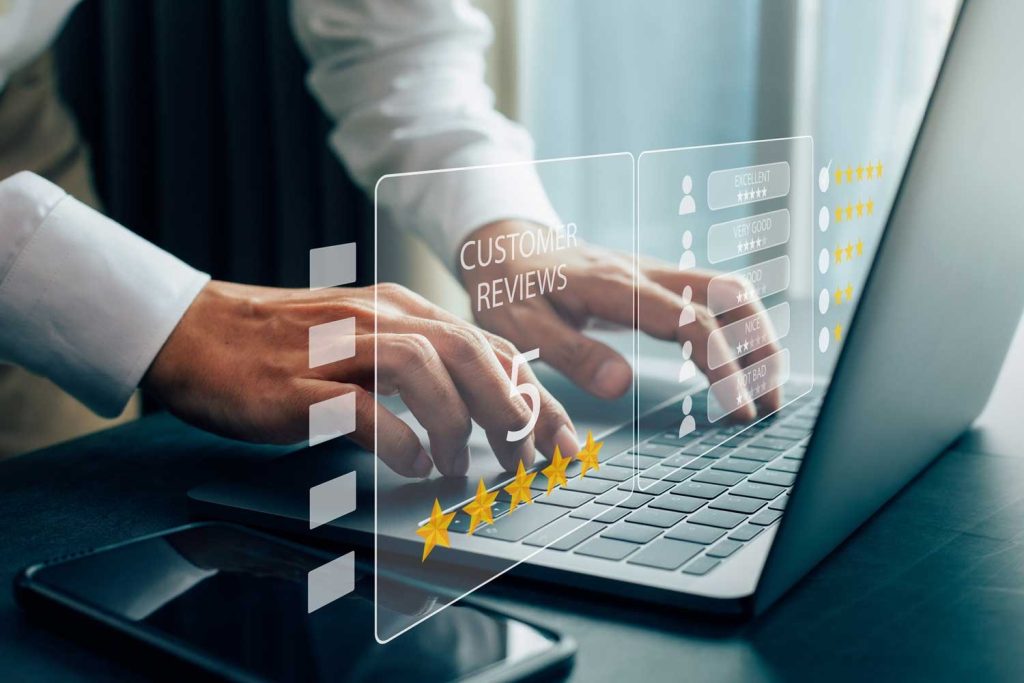
Introduction
To remain competitive in today’s fast-paced market, companies must continuously monitor their environment. Competitive intelligence is the structured approach to collecting and analyzing external data to inform strategic decisions. However, without the right Competitive intelligence tools and techniques, the process becomes fragmented and ineffective. Understanding the available tools and proven methods is essential to building a reliable and high-impact competitive intelligence program.
The Role of Tools in Competitive Intelligence
Competitive intelligence tools automate data collection, organize large volumes of information, and deliver real-time insights. They enable businesses to monitor competitors, track industry trends, and identify market shifts with efficiency. With the right set of competitive intelligence tools, companies reduce manual effort while increasing the accuracy and speed of their intelligence operations.
Popular Competitive Intelligence Tools
Several tools stand out for their effectiveness and usability in gathering competitive intelligence. Each offers different capabilities, making it important to choose based on specific objectives.
- Crayon – A leading platform for real-time tracking of competitors’ digital footprints. It centralizes updates from websites, press releases, and marketing campaigns to provide valuable competitive intelligence.
- Kompyte – Useful for automating competitive tracking and enabling sales teams with battlecards and win/loss insights.
- Owler – Delivers alerts on key competitor updates such as funding rounds, leadership changes, and market news.
- Similarweb – Offers detailed insights into competitor traffic sources, user engagement, and digital marketing strategies.
- SEMrush – A vital tool for gathering SEO and PPC-related competitive intelligence, particularly useful for marketing teams.
Techniques for Gathering Competitive Intelligence
While tools are critical, techniques are what make competitive intelligence meaningful. The following methods help transform raw data into actionable insights:
- SWOT Analysis – Evaluating a competitor’s strengths, weaknesses, opportunities, and threats helps understand their position and vulnerabilities.
- Benchmarking – Comparing your business performance against top competitors identifies gaps and areas for improvement.
- Win/Loss Analysis – Examining why deals are won or lost gives direct insights into the strengths of competitors and your own strategic weaknesses.
- Social Listening – Monitoring online conversations about competitors provides real-time feedback on customer sentiment and emerging issues.
- News and Press Tracking – Staying up-to-date with competitor news, industry reports, and PR announcements keeps your team informed and ready to act.
Data Sources Used in Competitive Intelligence
Effective competitive intelligence depends on sourcing information from multiple channels. Some valuable sources include:
- Company websites and investor presentations
- Customer reviews and forums
- Job postings and hiring trends
- Trade shows and webinars
- Government and regulatory filings
- Social media and competitor ad libraries
A comprehensive competitive intelligence process will combine both structured and unstructured data from these sources.
Organizing and Analyzing Intelligence
Gathering data is only the first step. To generate value, competitive intelligence must be categorized, analyzed, and shared. Many businesses use a central repository or dashboard to organize intelligence by theme, competitor, or market segment. Key stakeholders can then access relevant insights that directly support their roles and objectives.
Delivering Actionable Intelligence to Teams
The best competitive intelligence is actionable. Tailor insights to the needs of specific departments:
- Sales: Provide battlecards and objection handling tips based on competitor offerings.
- Marketing: Share pricing insights, messaging comparisons, and campaign monitoring.
- Product: Highlight feature gaps and customer pain points drawn from reviews and feedback.
- Leadership: Supply strategic briefs on emerging threats or new market entrants.
Best Practices in Using Competitive Intelligence Tools
- Align tools with business objectives
- Train staff on how to interpret competitive intelligence
- Combine qualitative and quantitative insights
- Review and update intelligence regularly
- Avoid information overload—focus on relevance
Conclusion
Competitive intelligence tools and techniques are indispensable for businesses aiming to maintain a competitive edge. By selecting the right tools, applying proven analysis methods, and delivering targeted insights, organizations can make faster, smarter, and more strategic decisions. When used effectively, competitive intelligence becomes a powerful enabler of growth, innovation, and long-term success.


